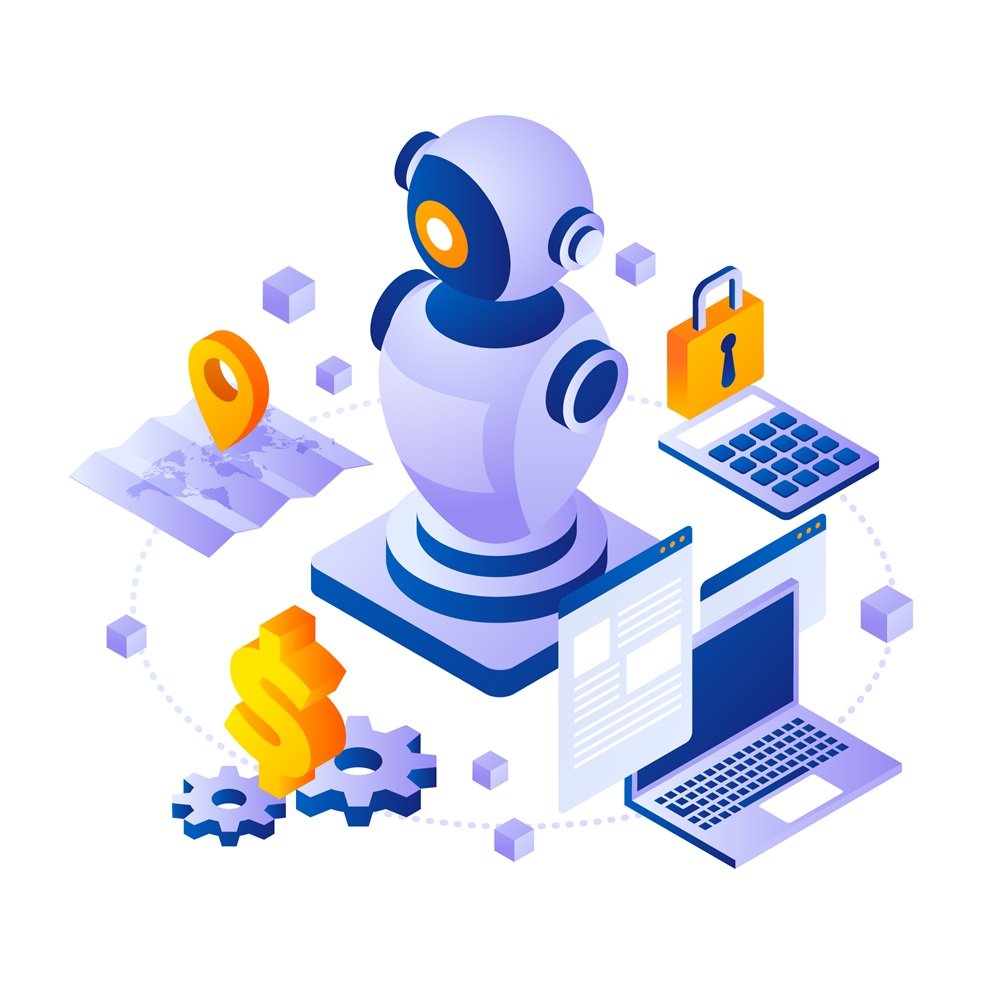The Indian small and medium-sized business (SMB) sector has been experiencing rapid growth in recent years, driven by factors such as a large and growing consumer base, government initiatives, and technological advancements. However, this growth has also brought with it increased competition and challenges, making it essential for SMBs to adopt innovative strategies to stay ahead. One such strategy is the integration of artificial intelligence (AI) and automation into business operations.
The Rise of AI and Automation in India
AI and automation have become increasingly prevalent in various industries, and the Indian SMB sector is no exception. A recent report revealed that a staggering 9 out of 10 SMB marketers in India are investing in these technologies to enhance their resilience and competitiveness. This trend can be attributed to several factors:
- Cost-effectiveness: AI and automation can help SMBs reduce operational costs by automating repetitive tasks and optimizing resource allocation.
- Efficiency: These technologies can streamline processes, improve productivity, and accelerate decision-making.
- Personalization: AI-powered tools can enable SMBs to deliver personalized customer experiences, leading to increased customer satisfaction and loyalty.
- Data-driven insights: AI can help SMBs analyze large datasets to gain valuable insights into customer behavior, market trends, and competitive landscapes.
Key Applications of AI and Automation in Indian SMBs
AI and automation can be applied in various areas of an SMB’s operations, including:
- Marketing:
- Customer segmentation: AI can help SMBs segment their customer base based on demographics, preferences, and behavior to tailor marketing campaigns.
- Social media management: Automation tools can schedule social media posts, engage with customers, and analyze social media metrics.
- Email marketing: AI-powered email marketing platforms can personalize email content, optimize subject lines, and track email performance.
- Sales:
- Lead generation: AI can help SMBs identify potential leads and prioritize them based on their likelihood to convert.
- Sales forecasting: AI-powered forecasting tools can predict future sales trends and help SMBs plan their sales strategies accordingly.
- Customer service:
- Chatbots: AI-powered chatbots can handle customer inquiries and provide support 24/7.
- Sentiment analysis: AI can analyze customer feedback to identify areas for improvement and enhance customer satisfaction.
- Operations:
- Inventory management: AI-powered inventory management systems can optimize stock levels, reduce waste, and improve supply chain efficiency.
- Quality control: AI-powered vision systems can inspect products for defects and ensure quality standards are met.
Overcoming Challenges and Maximizing Benefits
While AI and automation offer numerous benefits to Indian SMBs, there are also challenges to consider. These include:
- Cost: Implementing AI and automation solutions can be expensive, especially for smaller businesses.
- Talent: Finding and retaining skilled AI and data science professionals can be challenging.
- Data quality: Ensuring the quality and accuracy of data is essential for AI algorithms to function effectively.
To overcome these challenges and maximize the benefits of AI and automation, SMBs should:
- Start small: Begin with simple automation tasks and gradually expand their AI initiatives.
- Partner with experts: Collaborate with AI consultants or technology providers to implement AI solutions effectively.
- Invest in training: Provide training to employees on how to use AI tools and interpret AI-generated insights.
- Prioritize data quality: Ensure that data is accurate, consistent, and relevant for AI analysis.
The Future of AI and Automation in India
As AI and automation technologies continue to evolve, their impact on the Indian SMB sector is expected to grow. By embracing these innovations, SMBs can improve their efficiency, competitiveness, and profitability. As the government and private sector continue to invest in AI research and development, we can expect to see even more innovative applications and solutions emerging in the coming years.









